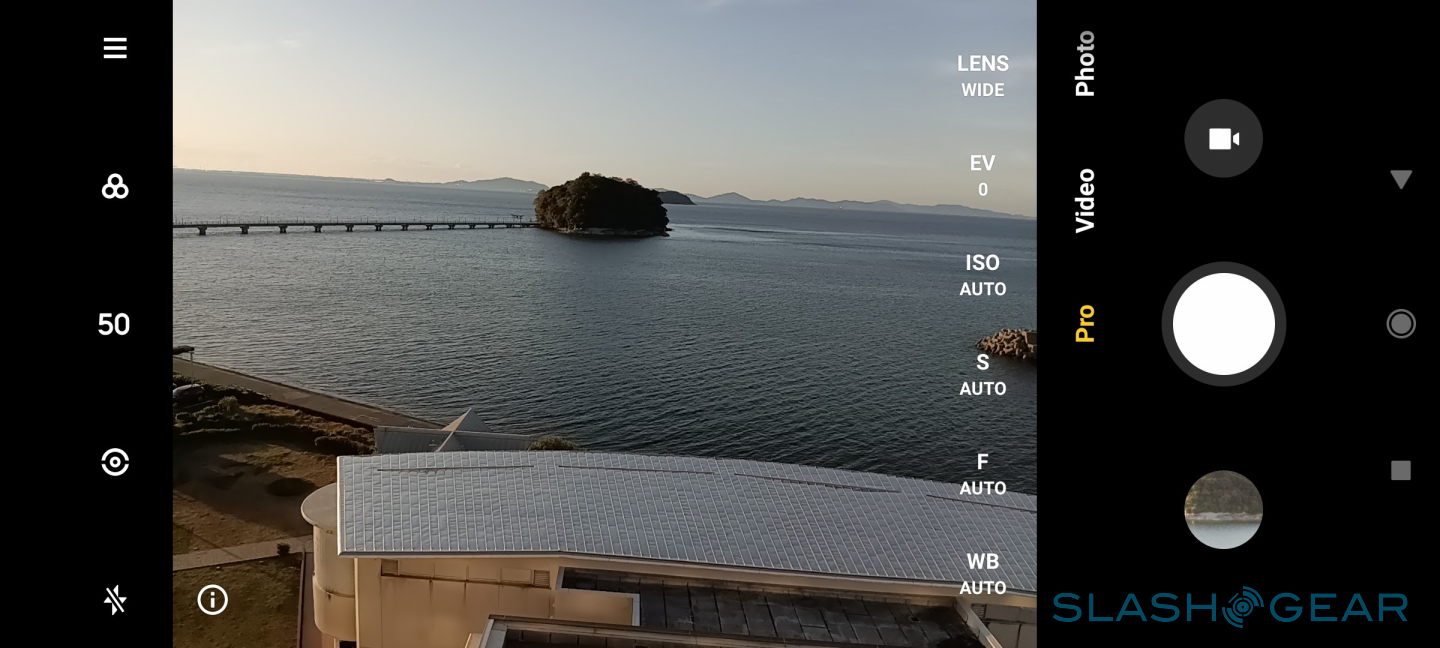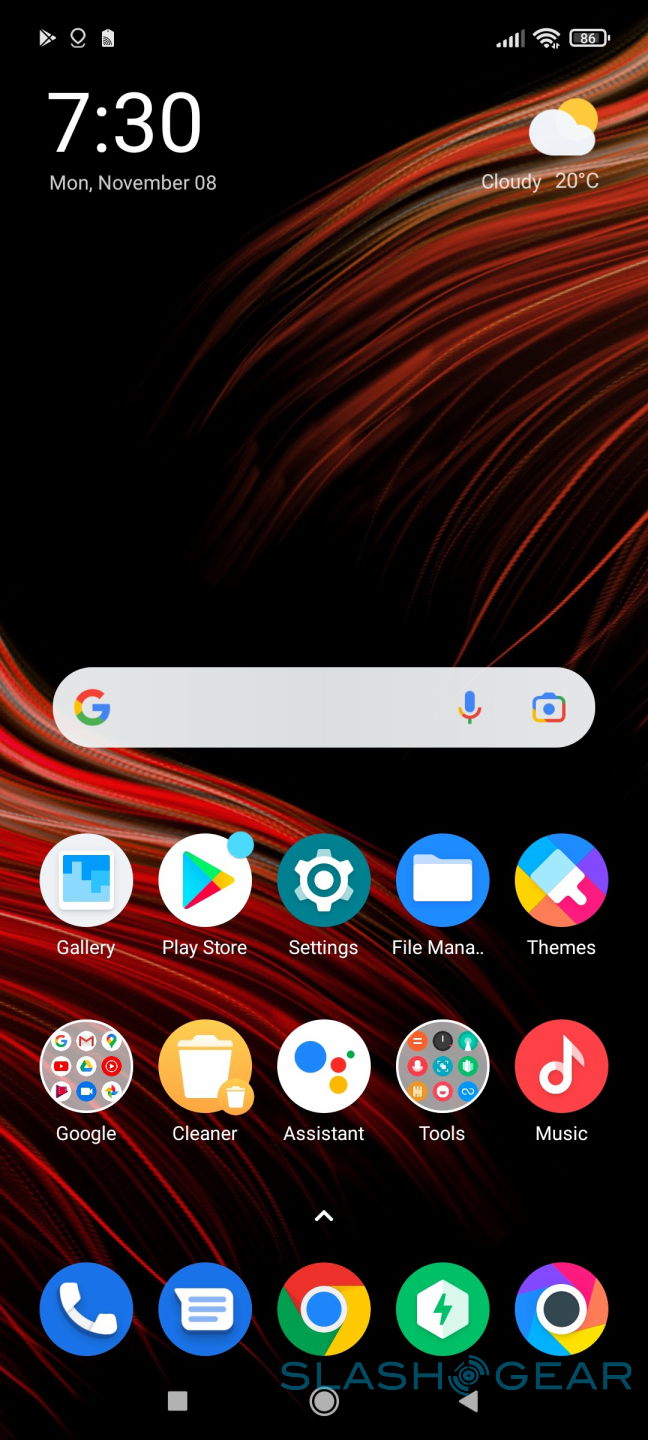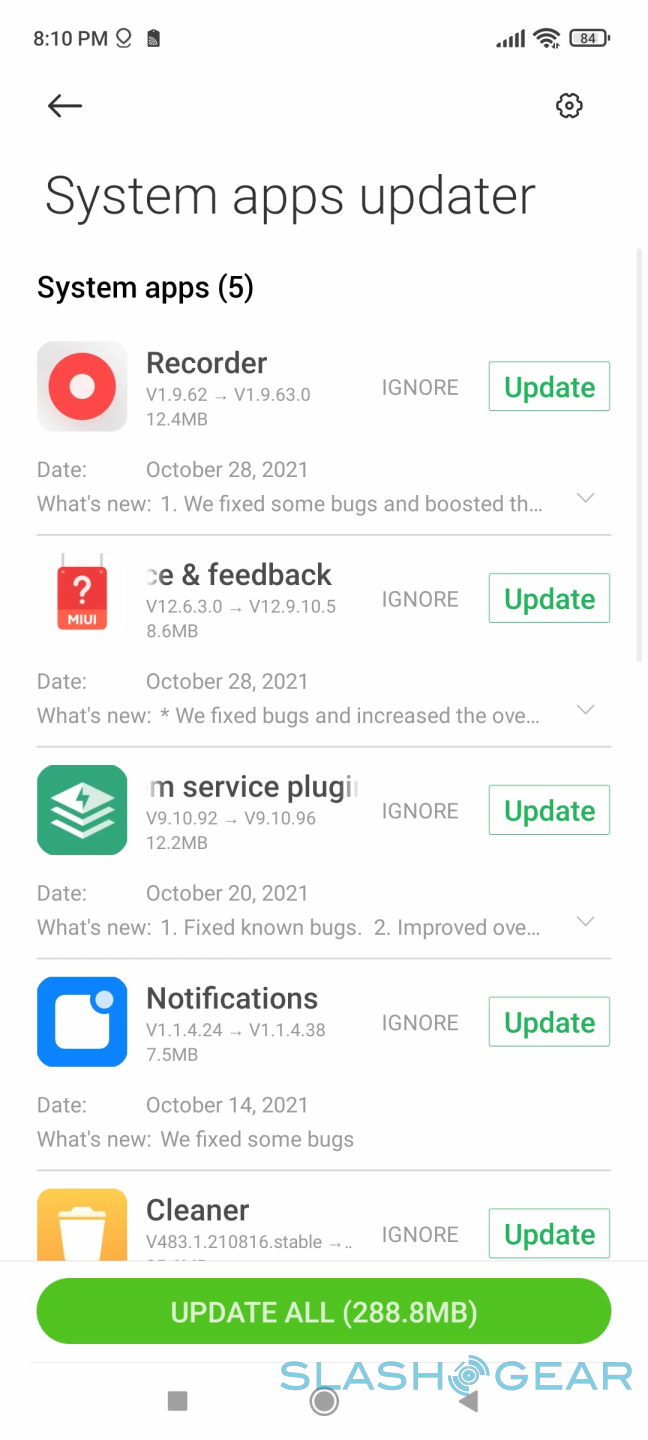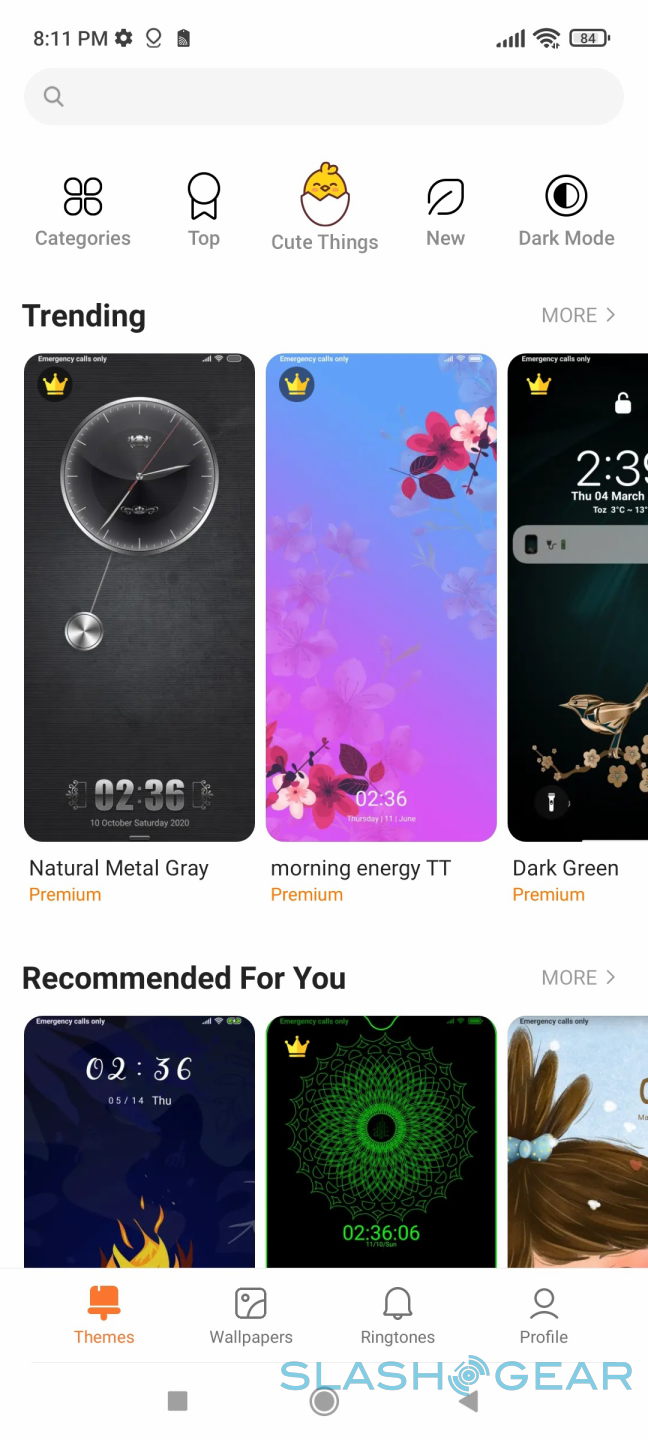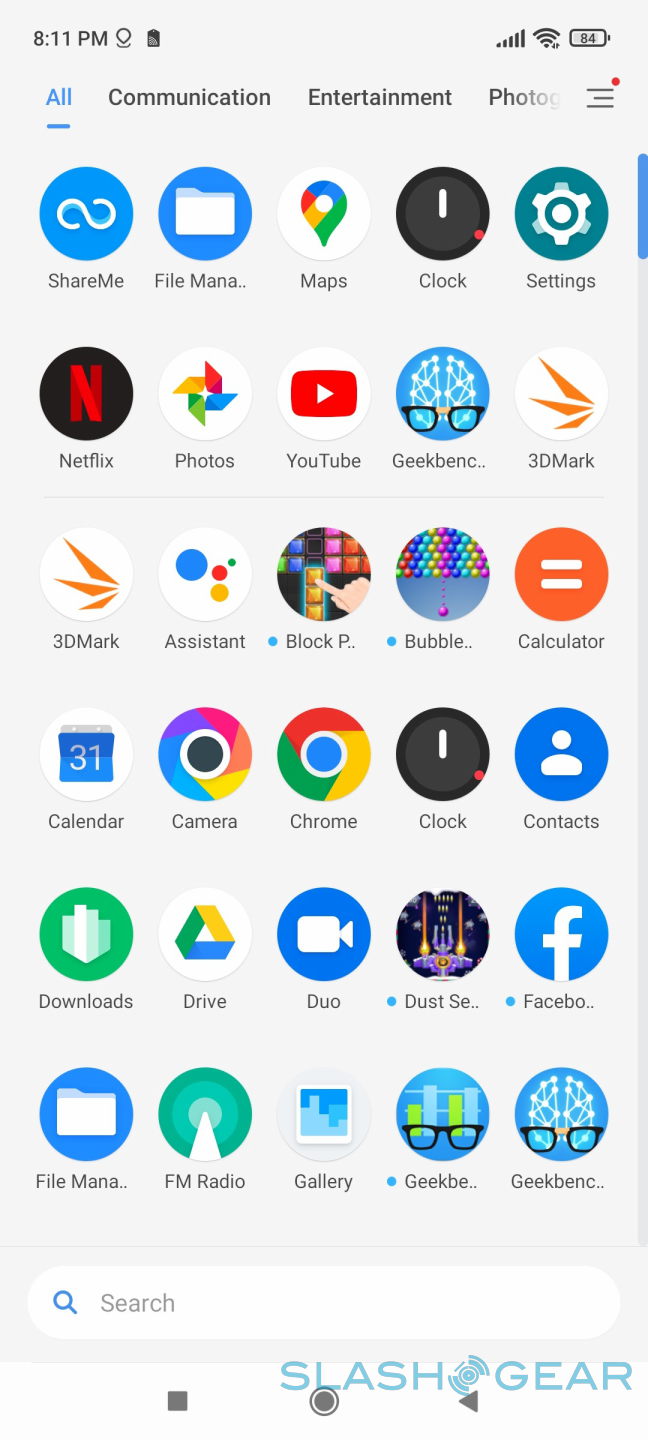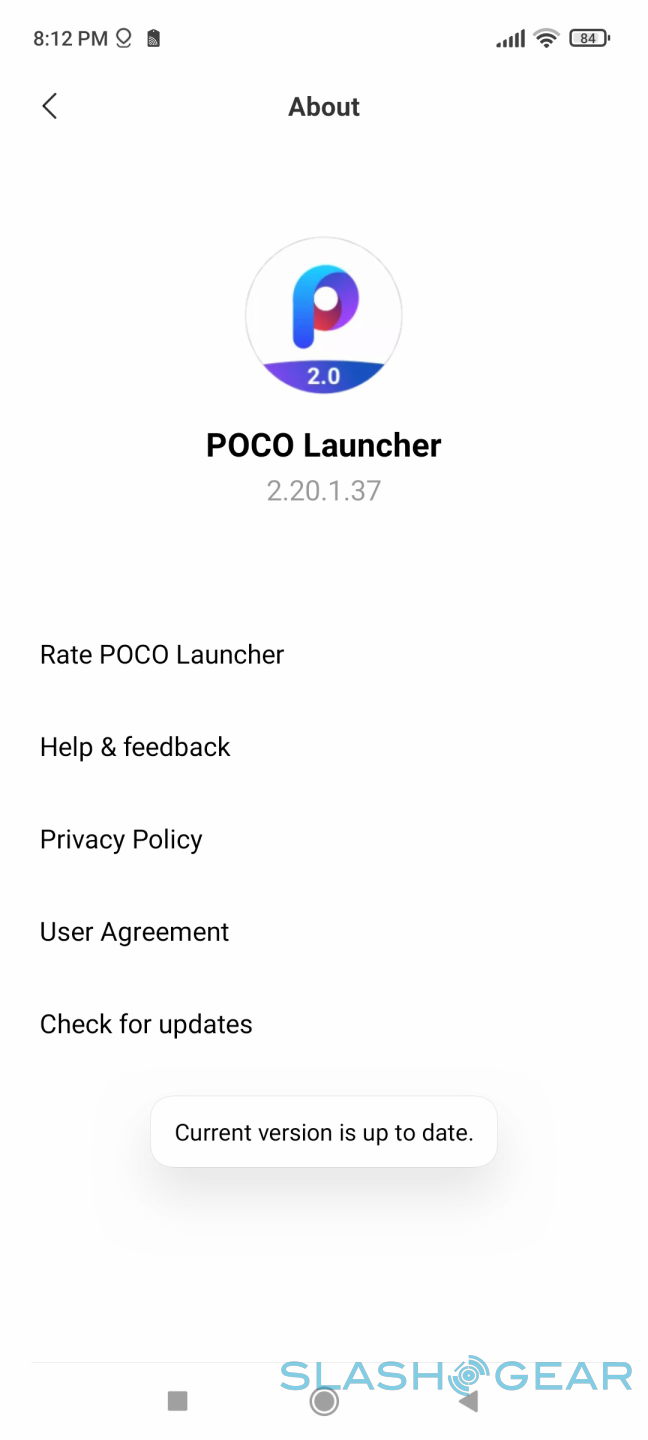POCO M4 Pro 5G Review
- Affordable 5G phone
- 33W fast charging
- Decent camera output
- Still has a headphone jack
- Mid-range performance
- Back cover is a dust magnet
- Camera design is a bit deceptive
It wasn't too long ago when POCO, also known as Pocophone in other markets back then, launched to make Xiaomi's already affordable phones even more accessible. Standing on the shoulders of a very big smartphone giant, the POCO F1 shocked the world with its high-end specs and dirt-cheap price, though that did come with some compromises in materials and durability. Since then, POCO has grown to become its own brand, playing around with different formulas that mixed up design, hardware, and prices. With the POCO M4 Pro 5G, the company tries to take its legacy one step further, and we take it for a test to see if there is more to it than meets the eye.
Design
Let's get it out of the way. The POCO M4 Pro 5G is almost a dead ringer for Xiaomi's Redmi Note 11, which isn't surprising since the POCO M3 Pro was also based on the Redmi Note 10 design. It's not completely identical, though, as you'll see below. If you've never seen the Redmi Note 11 before, however, that might not make much sense to you, and that's pretty much OK. Unless, of course, you expect POCO to be completely independent of Xiaomi, which isn't going to happen any time soon.
As far as design goes, the POCO M4 Pro 5G definitely has a bit of a personality thanks to its humongous camera area that extends beyond the camera bump itself. That camera array occupies a third of the back's width, while the rest is left for equally large branding, at a time when larger smartphone companies are actually trying to reduce the visibility of their names on their phones. There is no room for a fingerprint sensor there, nor is there one under the screen. Instead, that biometric scanner is off to the side, integrated into the power button.

While the POCO M4 Pro 5G's back definitely looks eye-catching for its uniqueness, you probably don't want to spend too much time examining it up close. It turns out that whatever material POCO used for the phone's coating is a terrible dust magnet. It's not a deal-breaker, at least not unless you're the type to fret over the phone's cleanliness.
The front of the phone is less dramatic and is also a bit less impressive. The 6.6-inch 2400x1080 screen offers a refresh rate of 90Hz maximum, and the phone's software can dynamically switch between 90Hz, 60Hz, and 50Hz at the lowest to preserve the battery. While colors are decent, the 450 nits of brightness isn't exactly that usable in the bright outdoors. There is a punch-hole cutout smack in the middle of the phone's forehead, housing a 16MP selfie camera.

Hardware and Performance
If the association with the Redmi Note 11 above is any indicator, some readers might already presume the kind of hardware that the POCO M4 Pro 5G is packing. It's a mid-range phone through and through, and you probably don't need to see the benchmark scores to guess how it performs. That said, it is actually quite a handy companion as long as you set your expectations correctly.
Running the show is a MediaTek Dimensity 810, the chipmaker's higher-end mid-range 5G chipset, and is assisted by 6GB of RAM. It's no powerhouse, even among MediaTek's Dimensity roster, and you can definitely feel it churn when playing resource-intensive games. Here's a selection of numbers from Geekbench that emphasize the point.
Despite that performance shortcoming, the POCO M4 Pro 5G still has a lot going for it as an everyday Android phone. The 5G dual SIM support could be a lifesaver for some users, while the expandable 128GB of storage will be the lifeline of others. The phone also still keeps the 3.5mm headphone jack, an endangered species these days, which should help improve its appeal in the markets it serves.

The POCO M4 Pro 5G also supports 33W fast charging, which is advertised to fill up the phone's large 5,000 mAh battery in just under an hour. And unlike the trend in more expensive phones these days, POCO actually throws in a 33W charger with the phone.
Cameras
The POCO M4 Pro's distinctive design has one rather sinister flaw. Despite looking like it has five, it really only has two cameras on its back, with one slot taken up by a large LED flash. It's admittedly rather deceptive, and it might rub some people wrong, especially those that come to expect four cameras and not just half of that.

The main camera is a 50MP shooter with an f/1.8 lens. It is assisted by a measly 8MP ultra-wide-angle camera with an f/2.2 aperture and 119-degree field of view. Those figures don't exactly do it any favors, but fortunately, the actual camera output is quite decent, again within correct expectations.
Without a dedicated telephoto camera, the POCO M4 Pro 5G's performance when zooming in on objects is, to be blunt, abysmal. Colors are washed out, details are low, and a lot of noise can be noticed without even taking a closer look. It does, however, take great bokeh, a.k.a. portrait mode, shots, with accurate separation of foreground and background and a gentle blurring in the back with minimal depth estimation errors.

Software
Despite being an independent brand now, POCO's roots in Xiaomi can be seen not only in its hardware design but especially in its software. The POCO M4 Pro 5G runs Xiaomi's MIUI Android skin, version 12 to be exact. Don't get your hopes too high up after seeing that number, though, since it's still based on Android 11.
This version of MIUI is, for better or worse, heavy on the customization options and pre-installed apps (a.k.a. bloatware). There are plenty of extra features, especially for customizing the POCO Launcher. Unfortunately, you won't see some of the other goodies from MIUI, like the ability to expand the phone's RAM, which would have been great in this situation.
Final Thoughts
As a cousin of the Redmi Note 11, the POCO M4 Pro 5G is undeniably a mid-range phone, one with just the right mix of features that won't make you go broke if you decide to buy it. Its performance isn't stellar, and the photos it produces won't win awards, but it promises to be a solid Android phone that will get you through a day's work and maybe some games in medium setting.

The design of the phone, however, could be a bit controversial. Dust seems to stick to its back like besties, and the camera bump feels like a shady trick to get some buyers' hopes up and set them up for disappointment. This is, of course, the same design as the Redmi Note 11, so it isn't like POCO's alone in that sin. Still, it doesn't speak well for a young brand that is trying to win the hearts and loyalty of consumers around the world.













